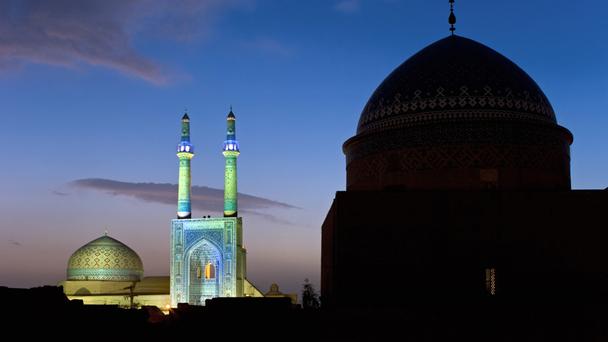In the garden courtyard of Esfahan’s famous Abbasi Hotel, surrounded by 300-year-old caravanserai-style rooms, I was in the company of an Iranian architect. We were discussing my plan to travel to the desert towns of Kashan, Na’in, Garmeh and Yazd.
“Ah those places!” his face lit up. “It’s like chasing shadows and light when you go there.”
These words would stay with me during my journey to these towns, where 3,000 years of generations have adapted to the environment to create a unique style of desert living.
I started in the beautiful city of Kashan, which sits where Iran’s vast desert, Dasht-e Kavir, begins. Located just 250km southeast of Tehran, it’s often overlooked by travellers heading for the big attractions further south, such as Shiraz and Esfahan.
Built from unbaked mud brick, the presence of shadow and light was evident from the very moment I stepped into the old city in search ofEhsan Hotel, one of the famous 19th-century traditional houses that were built by wealthy merchants at the height of the lucrative Qajar Dynasty when Kashan was a bustling commercial hub. Most houses have since disappeared but some have been repaired and are open to the public.
I walked down a passageway cut into the earth and entered the insulated, private space through a heavy wooden door with two different-sized knockers – traditionally one for women and one for men so the inhabitants could always tell who should answer the door. I emerged about 10m below street level into a large courtyard, lush with water gardens, pomegranate trees and tea beds made from raised wooden platforms, carpeted and laid with cushions.
From:
A secret world in Iran’s desert




















I love what you guys are usuyally up too. Such clever work and exposure!
Keep up thhe superb works guys I’ve added you guys to my own blogroll.